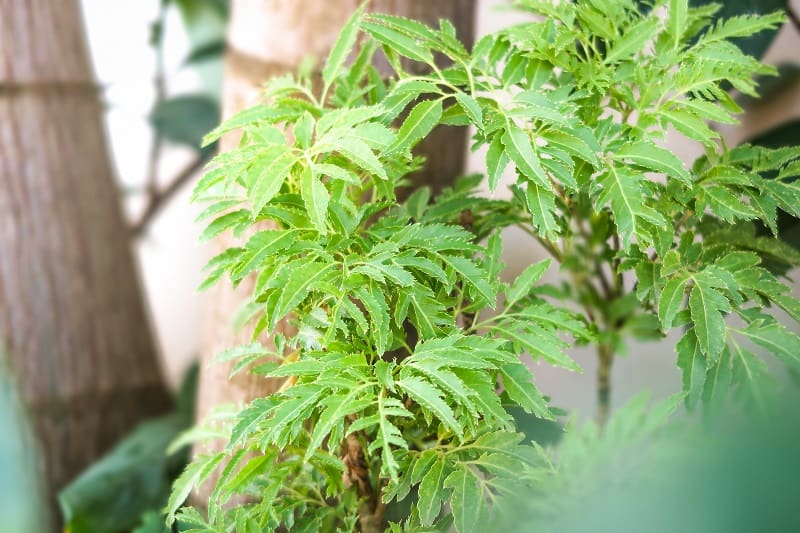
Ming aralia plants, scientific name Polyscias fruticosa, are highly adaptable as indoor plants. These perennial evergreen shrubs and dwarf trees can grow up to seven feet tall if properly cultivated. They are native to India and Polynesia, and can be great bonsai pieces with stunning foliage, especially if pruned well. Unfortunately, they also suffer from disorders or conditions that cause their leaves to turn yellow.
Ming aralia leaves turning yellow: What are the reasons?
Overwatering
Ming aralia leaves could turn yellow if they receive too much water. These plants do not like standing water or excess moisture as it provides a favorable place for bacterial and fungal growth. Since the roots are soaked with the excess moisture in the soil, they won’t be able to absorb oxygen and nutrients. Root rot could set in as the roots become suffocated with excess moisture.
How to treat the problem:
Plants have varying water requirements depending on the temperature, growth stage, soil type, humidity and environment. Do not water the plants every few days; only water when the top two inches of soil are dry. Be sure to check the soil’s dryness before watering and change the soil mix if it is too compact. See to it that there are drainage holes in the pots so that excess water can drain out.
Insufficient water
Ming aralia plants can withstand a certain level of drought without damage, but this does not mean they can survive without water for long periods. Without water the soil dries out and the plant’s roots cannot absorb moisture or essential nutrients. Underwatering thus causes water stress and the leaves eventually turn yellow and become wilted.
How to treat the problem:
To check if your plants are receiving enough water, place a pencil or stick into the potting soil and see if it comes out clean or coated with moist soil. If it comes out clean, the plants need to be watered. You can also check the moisture level by pushing your finger into the potting soil.
Temperature changes
These plants thrive in temperatures around 60 degrees Fahrenheit and are sensitive to temperature changes. Temperatures that are too high or too low cause their leaves to turn yellow. Placing them near air conditioners or radiators could also cause discoloration, and if you put them near window sills with cold drafts,the leaves may also turn yellow.
How to treat the problem:
Do not place the plants near air conditioners or radiators and see to it that cold drafts cannot pass through the window during wintertime. If the plants are already affected by temperature fluctuations, try to change their location and provide more comfortable temperature conditions. Fertilizing can help alleviate leaf discoloration caused by temperature changes.
Insufficient light
Yellowing Ming aralia leaves could also be due to insufficient light. These plants thrive in areas with a lot of light, although they prefer not to be in direct sunlight. The leaves may turn brown or yellow if they are exposed to full sun, as it causes sunburn.
Without ample light, plants cannot make food, or chlorophyll, which is responsible for the green pigment of leaves. With insufficient light the leaves will turn yellow as the amount of chlorophyll is reduced. Less chlorophyll means less food production, and the plants will shed their older leaves to save energy. These older leaves will turn yellow and eventually fall off.
How to treat the problem:
Place your Ming aralia plants in a spot where they are exposed to at least three to six hours of sunlight a day. Provide shade for them during the hottest parts of the day and see to it that they are not placed in areas with direct sunlight.
High soil pH
Ming aralia plants thrive in slightly acidic soil with a pH of 6 to 6.5. High, or alkaline, soil pH is not ideal for acid-loving plants and also renders the soil’s nutrients unavailable. This could lead to yellowing leaves because of nutrient deficiency.
How to treat the problem:
Use a soil pH tester to check the pH levels and correct the pH if too acidic or alkaline. Squeeze some drops of lemon juice on the soil to lower the pH. Aluminum sulfate and sulfur can also reduce the pH levels.
Nutrient deficiency
Ming aralia leaves can also turn yellow due to nutrient deficiency. These nutrients include iron, nitrogen, manganese and zinc.
A lack of iron results in chlorosis, or the loss of the normal green color of the leaves, and without nitrogen plants cannot produce chlorophyll, resulting in pale, yellow leaves.
How to treat the problem:
Provide the right soil mix for your plants so they can absorb essential nutrients. Consider other factors before fertilizing the plants, and to combat iron deficiency use chelated iron or ferrous sulfate via foliar application.
Insect infestation
Another reason Ming aralia leaves turn yellow is the presence of insects or pests. Mealybugs, aphids and spider mites could invade the plants and suck the juices from their leaves. This weakens the plants and results in yellowing leaves.
How to treat the problem:
To eradicate pests, spray detergent or insecticidal soap onto the plants. Other effective options include neem oil or alcohol mixed with water.
Conclusion
Ming aralia plants are perennial evergreens ideal for indoors. These tropical plants have stunning foliage, but are also prone to yellowing leaves. The reasons could be overwatering, underwatering, insufficient sunlight, nutrient deficiency, high soil pH or insect infestation.
Image: istockphoto.com / Kattiyaearn